Pompeii was laid low by the eruption of Vesuvius in 79 AD, but its story endures to this day. Here’s the Avventure Bellissime guide to that tale…
The City of Pompeii
Before Vesuvius erupted, Pompeii was a thriving Roman city. Likely founded in the 7th century BC by the Oscans, over the next 7 centuries Pompeii was ruled by the Greeks, and then the Romans from 80 AD onwards.
Just 17 years before Vesuvius erupted, an earthquake struck Pompeii. The damage was so prevalent that much of the city’s population of 20,000 was evacuated. Luckily, most hadn’t returned by the time Vesuvius erupted.
The Volcano, Vesuvius
In 79 AD, Vesuvius erupted, sending molten ash, pumice, and sulphuric ashes towards the city of Pompeii. This created a firestorm of molten debris, which engulfed not just Pompeii, but also the surrounding towns of Herculaneum and Stabiae.
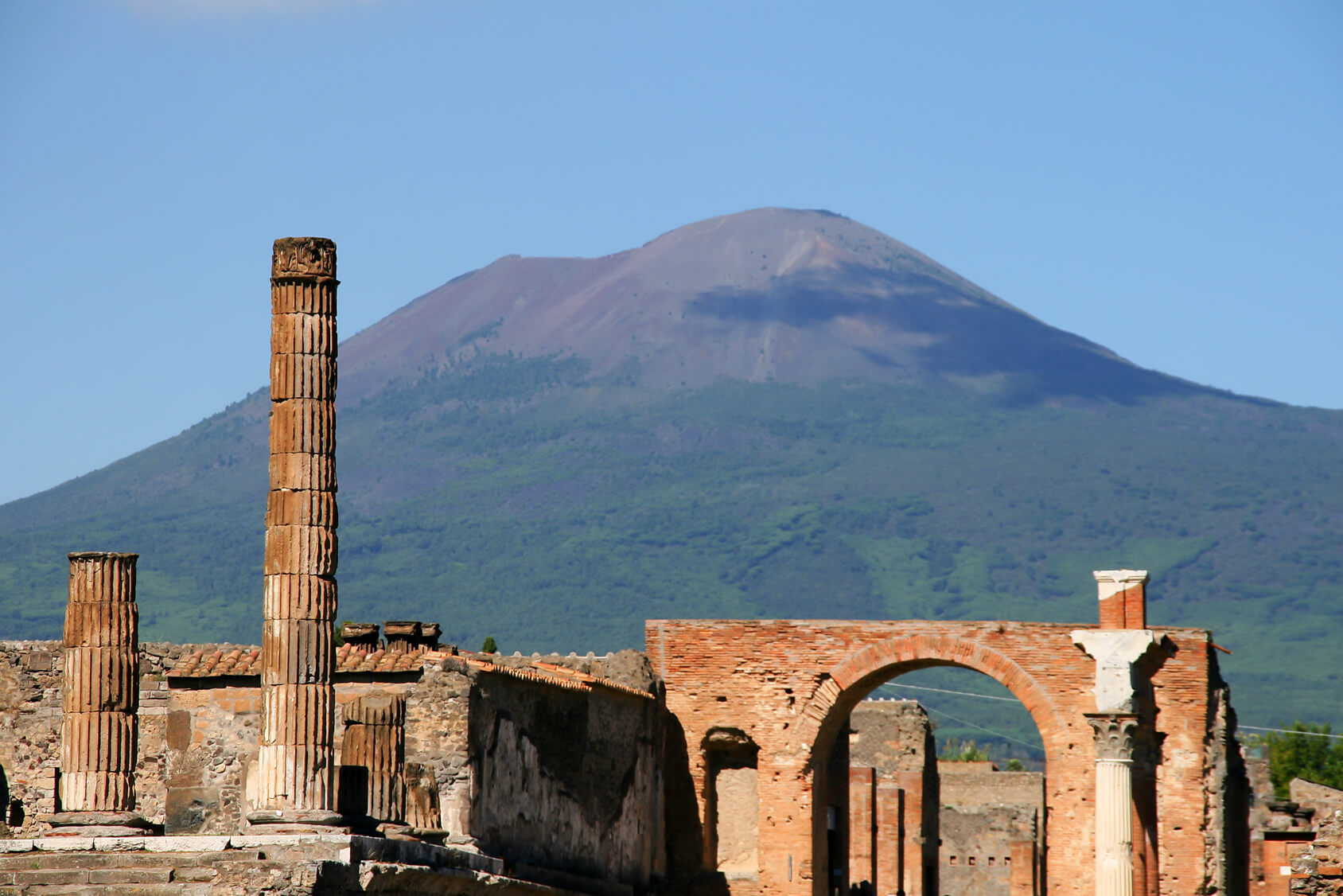
The ruins situated in the shadow of Mount Vesuvius
Due to the nature of the eruption, Pompeii wasn’t destroyed, but buried under a layer of lapilli - burning fragments of pumice stone. This meant that much of the city was preserved, resulting in an archaeological attraction like no other. Tourists can explore remarkably well-maintained Roman streets, and they can wander in and out of millennia-old houses, shops, temples, cafes, and even a brothel.
Why not book a private full-day tour of Pompeii, Positano, and Amalfi?
Rediscovering Pompeii
After the catastrophic eruption of Vesuvius, Pompeii was mostly forgotten about until it was rediscovered in 1594. Domenico Fontana, an architect digging a canal, stumbled across the ruins of the city, however, proper exploration of the site didn’t start until 1748. Since then, much of Pompeii has been excavated and the site, for the most part, is now open to tourists.
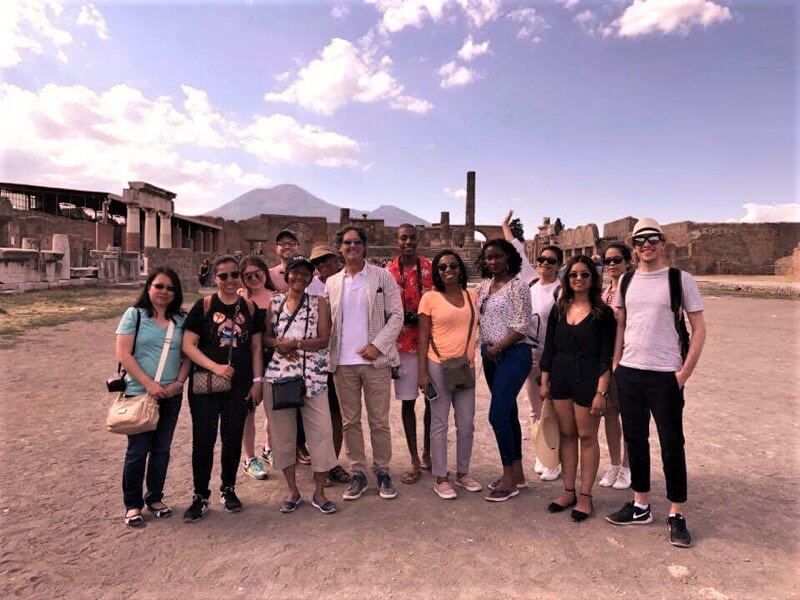
Extensive sections of the Pompeii ruins are open to tourists









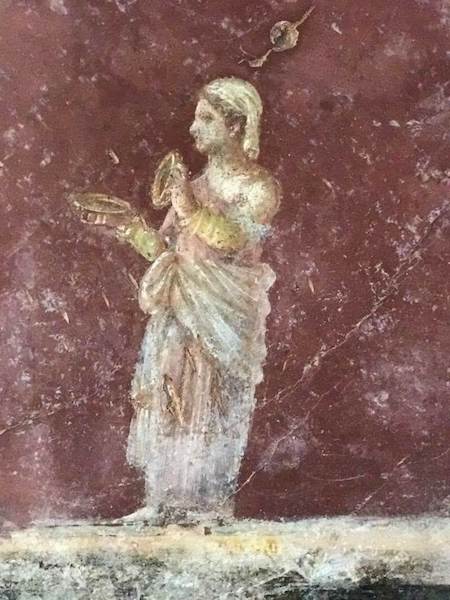
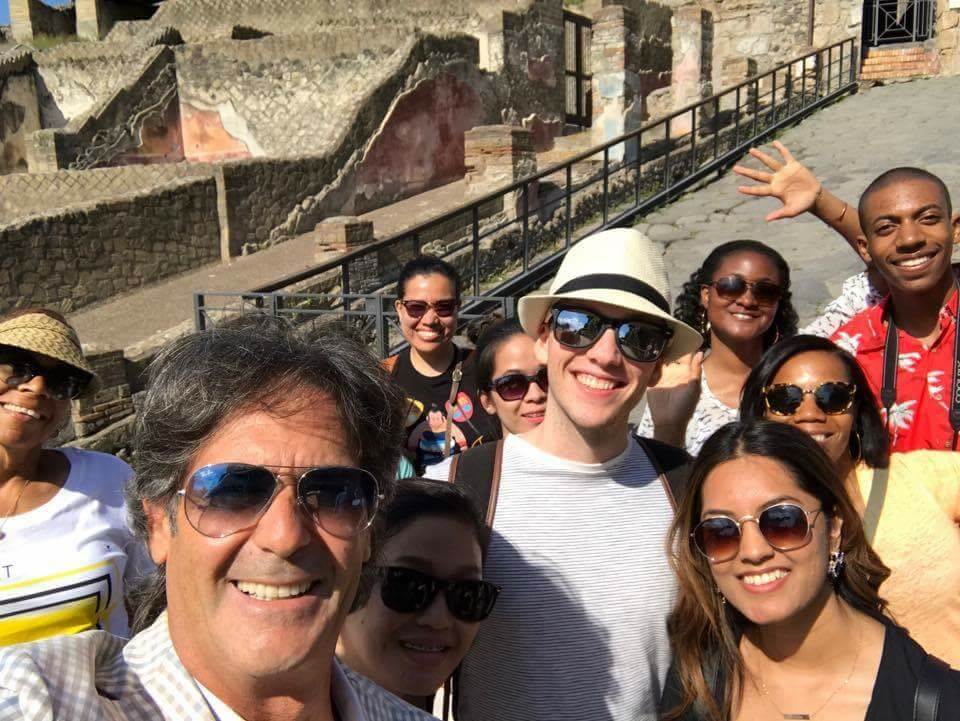
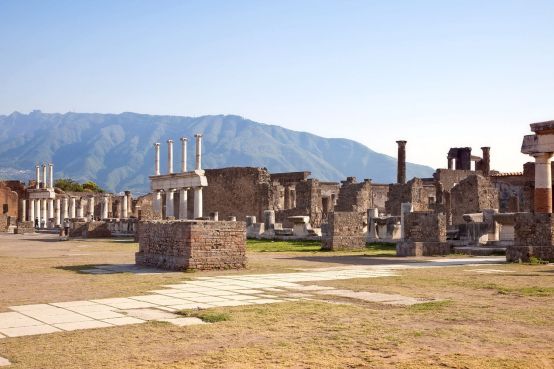
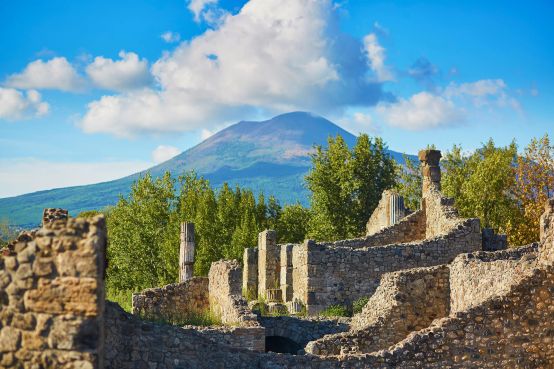




Comments